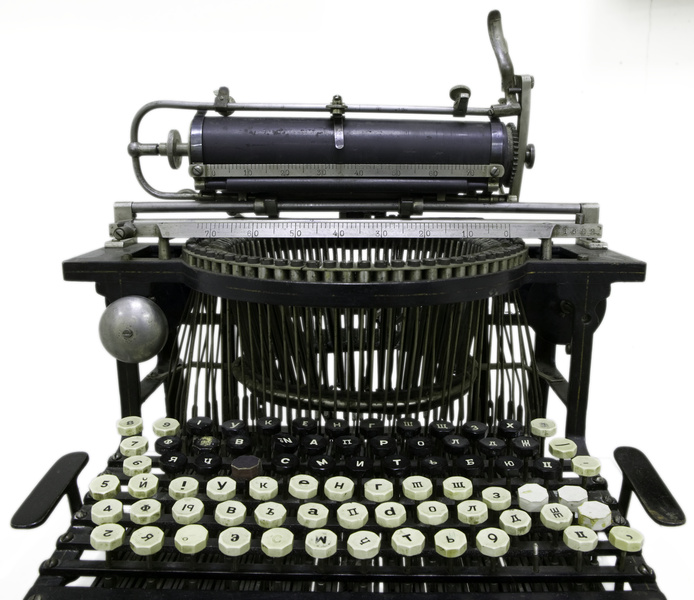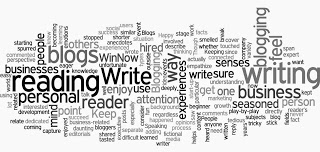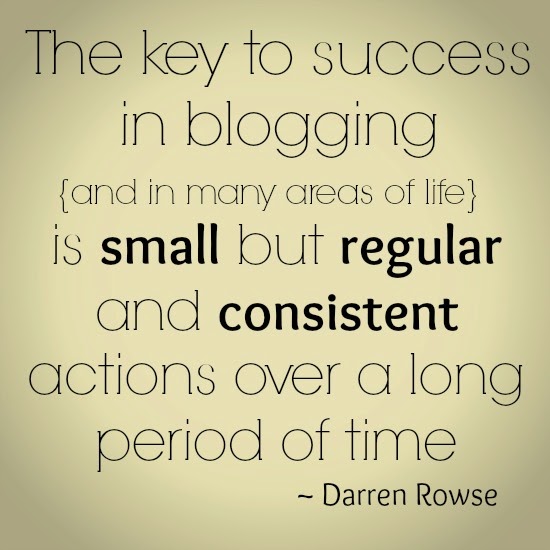
Why You Need To Care About The Interior of A Book
In fact, it can be one of the hardest things to do in the life of a writer, planning not only what is written in the book, but how it looks to your potential reader. It’s something most people will say is the worst thing they have to do. The editing or the interior design of a book. Writing in and of itself is not all that complex, but it’s the small things which make the difference between something a person will want to read and something that a person doesn’t want to read. It’s the art of look, feel and sound, with your book in all aspects.
 Take a book out of your bookshelf, anyone will do. Now, spend sometime looking it over. The first thing that comes to mind when looking at a book is all the lines are even on both side of the margins. (Most publishers use the term “justified”) Right now, the writing on this blog post is justified. It has the feel of a book, it’s not a book, rather it’s just a post. The people who will read this blog might even get the impression it is a part of a book. It certainly doesn’t feel much like a blog post.
Take a book out of your bookshelf, anyone will do. Now, spend sometime looking it over. The first thing that comes to mind when looking at a book is all the lines are even on both side of the margins. (Most publishers use the term “justified”) Right now, the writing on this blog post is justified. It has the feel of a book, it’s not a book, rather it’s just a post. The people who will read this blog might even get the impression it is a part of a book. It certainly doesn’t feel much like a blog post.
You May Also Like

Where Should You Promote Yourself?
November 30, 2012
The Art and Zen of Writing and Journaling
May 6, 2009


